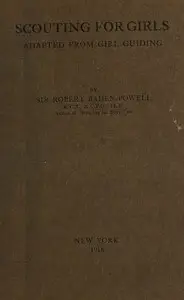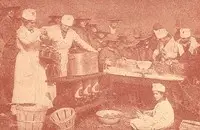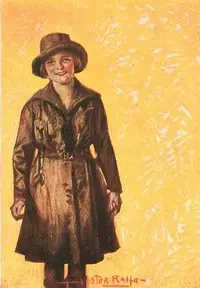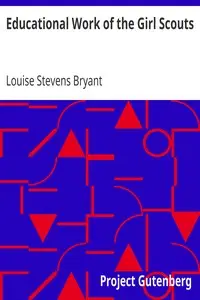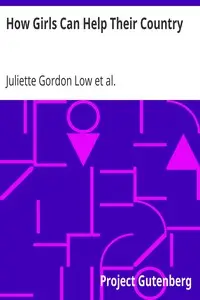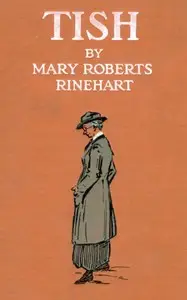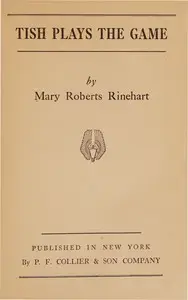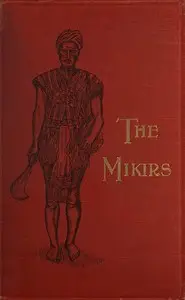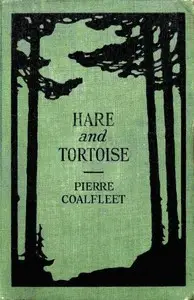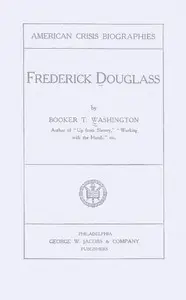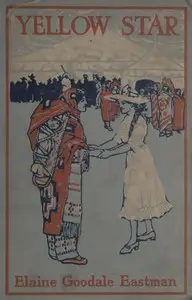"Why I Believe in Scouting for Girls" by Mary Roberts Rinehart is a compelling argument for the importance of the Girl Scout movement in the lives of young women during the early 1900s. The story highlights a strong conviction in the benefits of structured activities that can support girls as they grow and develop into young adults. It also emphasizes the author's deep understanding of the challenges faced by girls in this age group, such as loneliness and a lack of meaningful activities. It discusses how joining the Girl Scouts gives girls a sense of belonging and purpose, along with a place where they can learn to become honest, trustworthy, and healthy individuals. This ultimately champions the idea that by engaging in scouting, girls will be better prepared to become valuable members of society and responsible mothers.
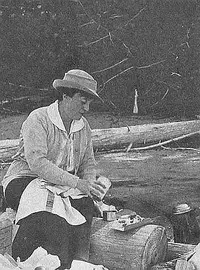
Why I Believe in Scouting for Girls
By Mary Roberts Rinehart
A passionate plea for the positive transformation of young girls into strong future leaders through an empowering organization.
Summary
About the AuthorMary Roberts Rinehart was an American writer, often called the American Agatha Christie. Rinehart published her first mystery novel The Circular Staircase in 1908, which introduced the "had I but known" narrative style. Rinehart is also considered the earliest known source of the phrase "the butler did it", in her novel The Door (1930), although the exact phrase does not appear in her work and the plot device had been used prior to that time. She also worked to tell the stories and experiences of front line soldiers during World War I, one of the first women to travel to the Belgian front lines.
Mary Roberts Rinehart was an American writer, often called the American Agatha Christie. Rinehart published her first mystery novel The Circular Staircase in 1908, which introduced the "had I but known" narrative style. Rinehart is also considered the earliest known source of the phrase "the butler did it", in her novel The Door (1930), although the exact phrase does not appear in her work and the plot device had been used prior to that time. She also worked to tell the stories and experiences of front line soldiers during World War I, one of the first women to travel to the Belgian front lines.

